Flavor characteristics of washed Yega Shifeiwaka Coffee Sakaro Shakaro Mijane Honey Jane treatment Factory letter
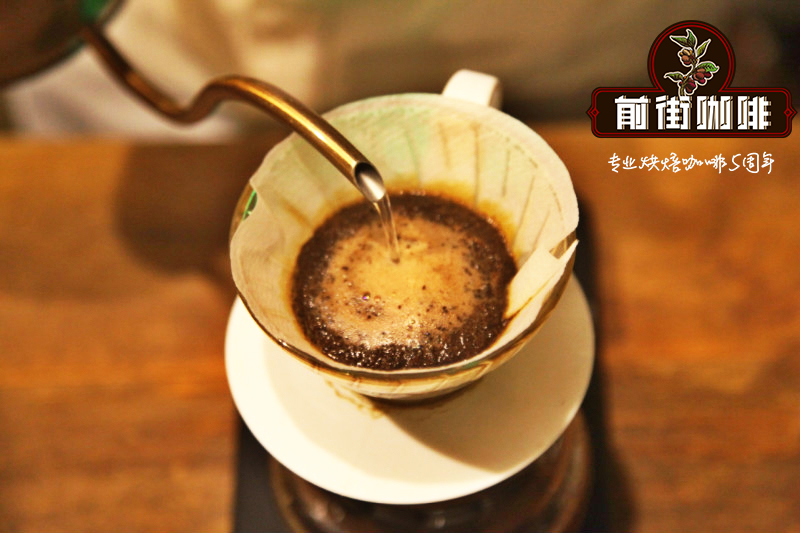
Professional coffee knowledge exchange more coffee bean information please follow the coffee workshop (Wechat official account cafe_style)
The Honey Jane treatment Plant (Ato Mijane station) is located in Kebele Sakaro, a small area of Gedeo in southern Ethiopia, near the village of Worka, about 4 km south of the town of Yegashefi. The better-known people under the jurisdiction of Gedeo are Yega Sheffield and Kochere.
Nearby are:
Wauka (Worka)
Conga (Konga)
Biloya (Biloya)
Famous villages such as Harfusa.
In the Gedeo area, the Dutch merchant Trabocca's Red Cherry Project selected a specific favorite area, because the coffee produced in this small area has a particularly fruity and floral flavor, which is different from other northern Yirgacheffe producing areas. As the land is particularly fertile, the fallen leaves of tall trees are excellent natural fertilizers.
Ato Mijane station, established by Ato Mijane in 2012, is a newly established washing plant. In 2016, Dutch businessman Trabocca's visitors visited the family of the Roba family (Chelbessa) and came across Daniel Mijane, the son of Ato Mijane, who used to be an agricultural official in Gedeo. Now he and his father, Ato Mijane, have run and managed the private washing plant Ato Mijane station.
Daniel Mijane is an energetic and practical guy. One of his goals is to produce the best coffee in Yirgacheffe. They adopt a strict quality model, which is not high-tech, but the results are effective. Small local coffee farmers harvest red cherries and send them directly to the Honey Cherry processing Plant (Ato Mijane station). Many of their coffee is grown on the slopes of the Rudu Mountains, which is closely related to the treatment plant, which is trained to grow and provide financial support at the same time. Another strategy is to allow small farmers to harvest red cherries, which coincides with the Red Cherry Project of Dutch businessman Trabocca's.
Red Cherry Project
In 2007, Trabocca Dutch traders launched the Red Cherry Project. In order to encourage coffee farmers to produce the best quality coffee, whether in water washing, semi-washing, sun drying, and half-sun treatment, farmers who work hard to produce high-quality coffee beans can receive substantial comparative rewards and rewards. Before the growing season, Trabocca will invite selected farmers or producers to participate in the project to produce micro-batches of coffee (about 1500 to 3000 kg) and carefully pick 100% ripe red coffee cherries by hand (hence the name Red Cherry Project).
Trabocca provides financial loan support, "new hardware equipment" and "production technology" and "processing knowledge and technology" to assist farmers, and promises to pay a good price as long as the quality of the actual output meets the cup test standards in Addis Ababa in Ethiopia and Amsterdama Cup in the Netherlands. The passing standard set by the Trabocca is 88.
The coffee beans of the red cherry project are packed in plastic inner bags or vacuum boxes immediately after the processing of the origin is completed, and then shipped to Djibouti for shipping. Strive for perfect quality through immediate monitoring, safe transportation and timely and appropriate handling. And because of this red cherry project, roasters can buy high-quality coffee beans, which can also improve the quality of Ethiopian coffee and have a better price! Trabocca can also give profits back to farmers, and can continue to improve, the quality continues to improve.
Woka Cooperative was founded in 2005 and joined the famous Yejia Coffee Farmers Cooperative Union (YCFCU,Yirgacheffe Coffee Farmers Cooperative Union) that year, which is famous for producing high quality sun Ye Jia Xuefei. The Waka Cooperative has about 300 coffee farmers. YCFCU was founded in 2002 and includes 26 other cooperatives serving more than 45000 coffee farmers.
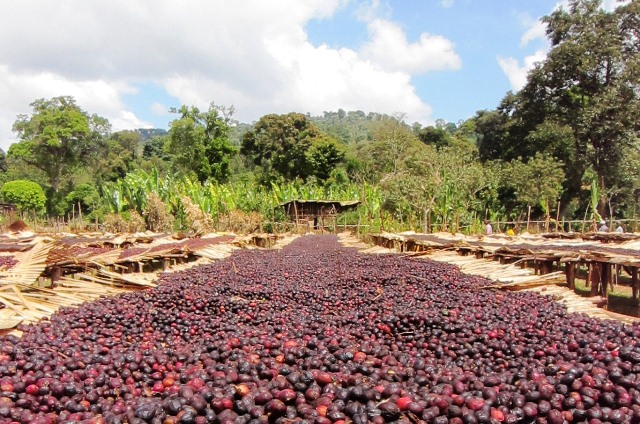
Woka is located in the southeastern Jietipu producing area (Gedeb) of Yejia Sheffield. In the early years, the area used the name of Waka to export locally produced coffee beans, or handed over to the Waka Cooperative for processing. But in the past two or three years, independent and single sources have been excavated by coffee hunters all over the world, such as Banko Gotiti, Banko Dadhato, Halo Bariti, and so on. Guodingding Village is the first village area that was independent a few years ago, and many self-employed small farmers were also members of the Waka Cooperative, so the technology of producing coffee is not to mention.
Woka Cooperative, located in the south of Gedeb District, was founded in 2005, and joined the famous Yejia Coffee Farmers Cooperative Union (YCFCU,Yirgacheffe Coffee Farmers Cooperative Union) that year, which is famous for producing high quality sun Ye Jia Coffee Farmer. The Waka Cooperative has about 300 coffee farmers. YCFCU was founded in 2002 and includes 26 other cooperatives serving more than 45000 coffee farmers.
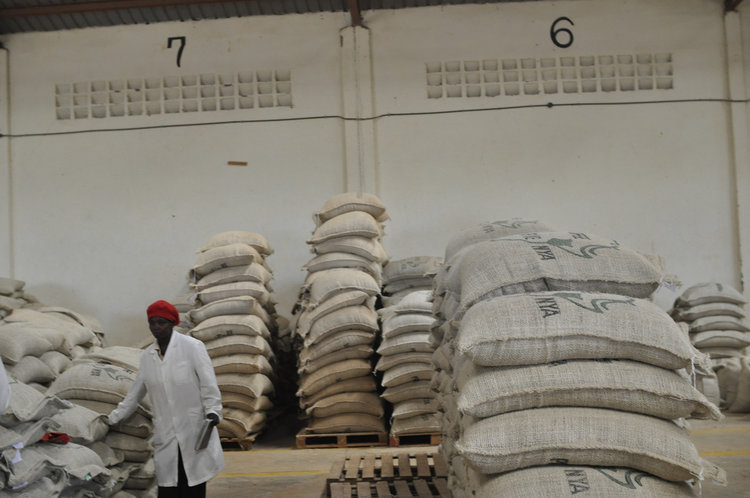
This batch of red cherry project washing Yega Xuefei G1 Woka village Shakaro honey processing plant comes from a production area project of Trabocca. The earliest red cherry project is the work of old partner YCFCU (Yega Coffee Farmers Union) to join the cooperative, picking ripe "red coffee cherries" by hand, women hand-select 100% fully ripe red cherry coffee fruits. The attentive and hard-working women of the clothing country are the important drivers behind the OCR project.
Because of its strict selection, each coffee farmers' group produces only about "1500 to 3, 000 kilograms of coffee beans" each year.
Ethiopian water wash Yega Xuefei G1
Woka village
Sakaro Mizhen processing Plant
Ethiopia Yirgacheffe Worka Sakaro Mijane Washed G1
Baking shallow baking
Flavor Qinxiang magnolia, refreshing lime, elegant white pomelo aftertaste, nectar sweet, lemon tower-like taste first sour then sweet, round and juicy!
Certified Red Cherry Project
Country Ethiopia (Ethiopia)
Sakaro (Kebele Worka Sakaro), Woka Village, Yirgacheffe, producing area
Producer Honey processing Plant (Ato Mijane station)
Local high quality native species (Heirloom)
1900m above sea level-2000m
Grade G1
Treatment water washing treatment
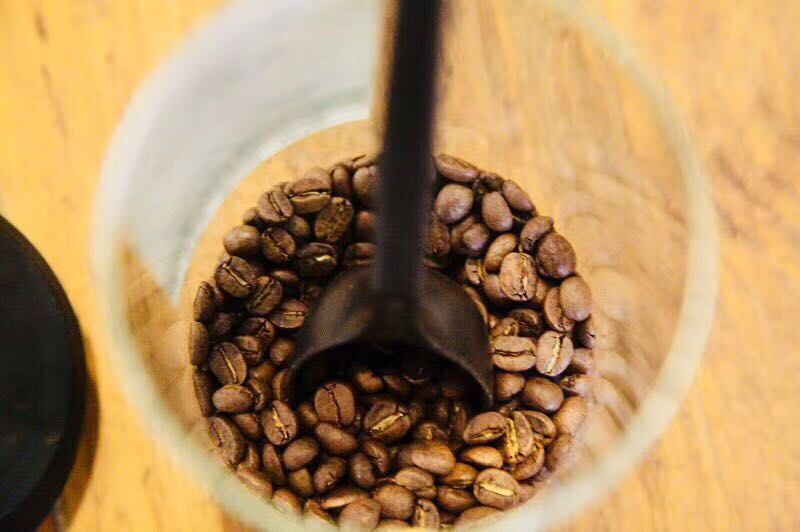
Note: the ripe coffee fruit looks like a cherry, so it is called "coffee cherry".
Segmented extraction method of three-stage water injection
The layers are richer, and the flavor of the front, middle and back of the coffee can be clearly defined. The practice is to increase the amount of water each time after steaming, usually when the coffee liquid is about to drop to the surface of the powder layer, and use small, medium and large water flow to do three-stage extraction:
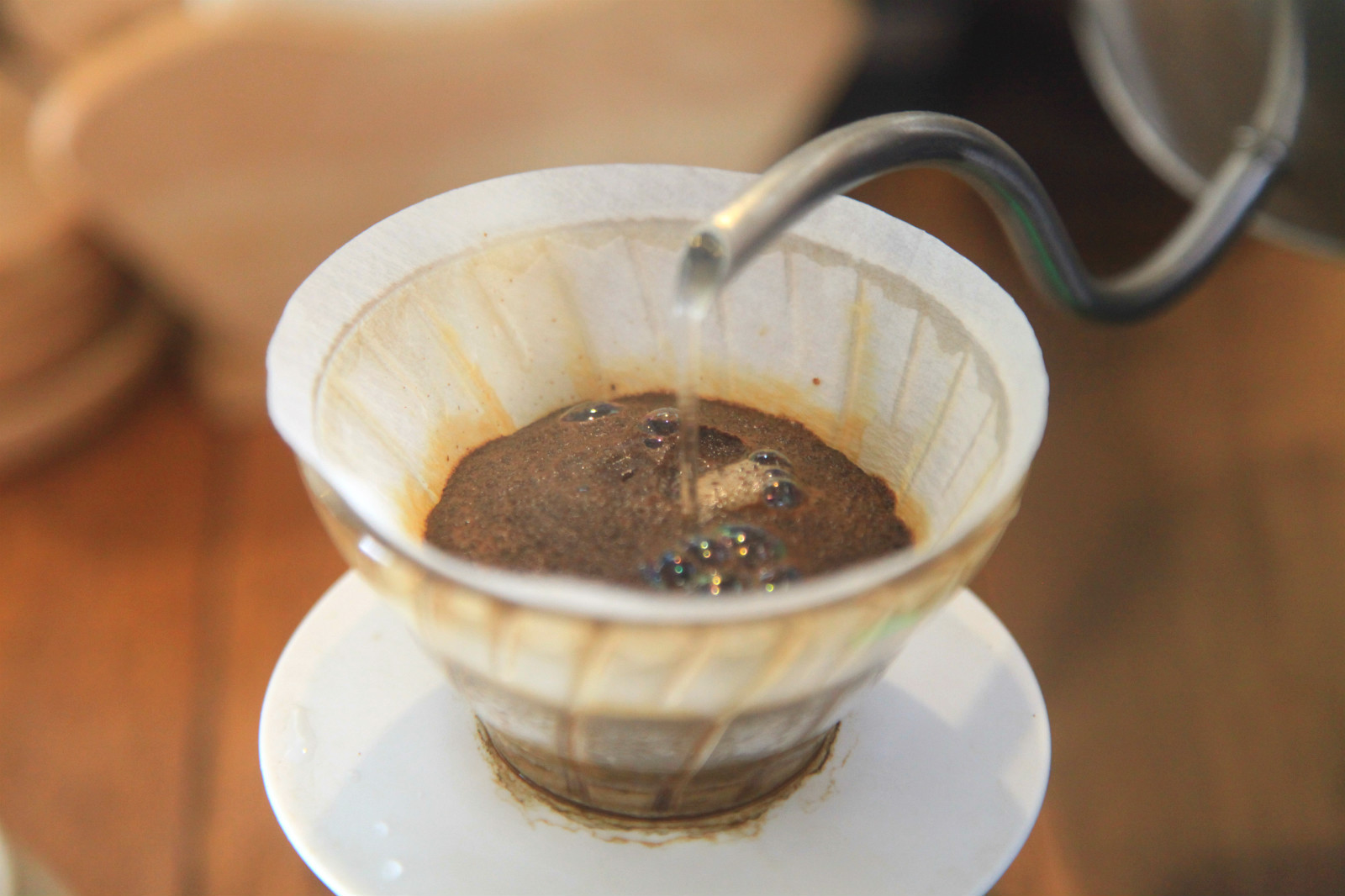
Recommended cooking methods: siphon, hand flushing
Degree of grinding: 3.5 (Japanese little Fuji R440)
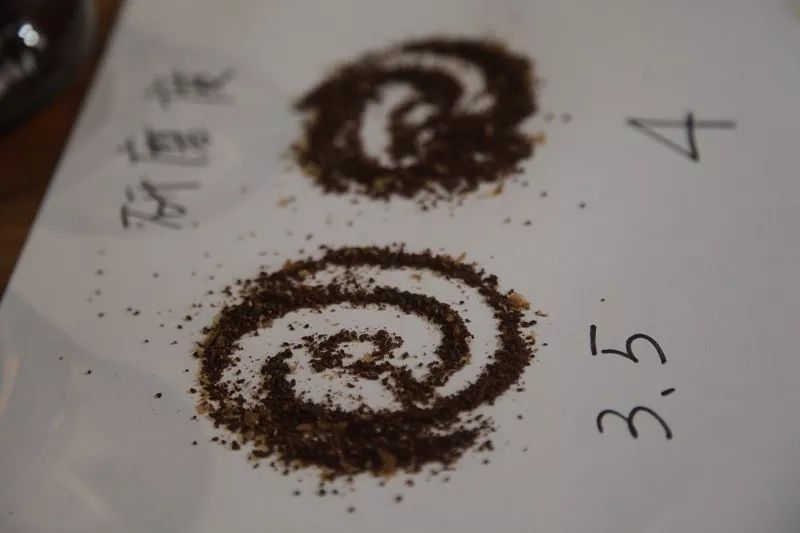
V60 filter cup, 15g powder, water temperature 90 degrees, grinding 3.5.The ratio of water to powder is close to 1:15
Steaming in 30 grams of water for 30 seconds
Section: water injection to 120g cut off, slow water injection to 225g
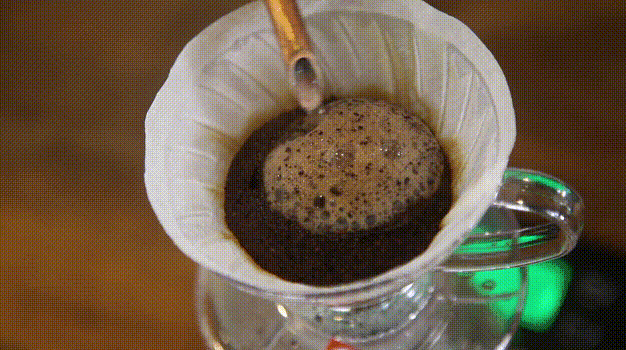
That is, 30-120-225
Other suggestions for trickling extraction:
Normal pressure, recommended 3.5-4 degree of grinding / water temperature 86-88 °C
Philharmonic pressure, recommended 2.5 grinding degree, water temperature 86-88 °C
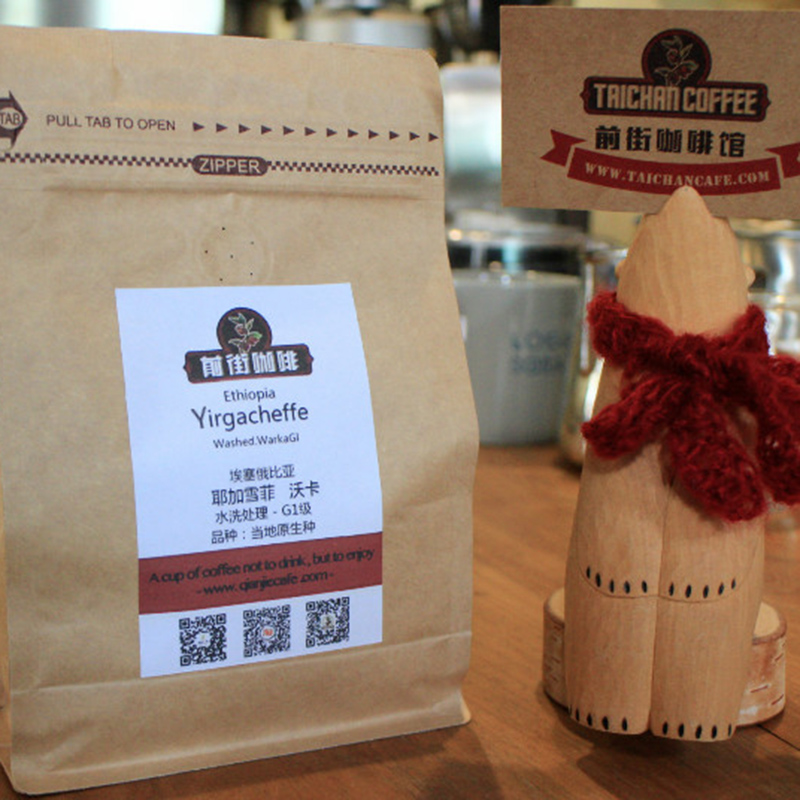
Purchase link: https://item.taobao.com/item.htm?spm=a1z10.3-c-s.w4002-15673140470.14.35a61b507PBryO&id=532914414923
Important Notice :
前街咖啡 FrontStreet Coffee has moved to new addredd:
FrontStreet Coffee Address: 315,Donghua East Road,GuangZhou
Tel:020 38364473
- Prev
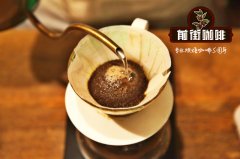
Introduction of Red Cherry Project by Shanmu processing Plant in Gorbota Village, Ethiopia-Yegashifi
Professional coffee knowledge exchange more coffee bean information please follow the coffee workshop (Wechat official account cafe_style) produce special color features / taste products: Ethiopia-Yegashafi production: Gopota village mountain mu treatment plant treatment method: sun treatment certification: red cherry project flavor features: tropical fruit, red fruit, and brown sugar cocoa flavor balance
- Next
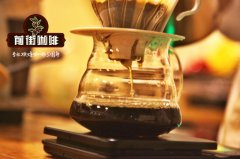
What are the characteristics of the Burka Silinga processing plant for coffee brewing information in Yega Xilinga Village?
Professional coffee knowledge exchange more coffee bean information please follow the coffee workshop (Wechat official account cafe_style) Ethiopia Yega Xuefei Silinga Village G1 washing Ethiopia Yirgacheffe Gelena Abaya Silinga G1 Washed producing country / Origin: Ethiopia Ethiopia production area / Region: Yirgacheffe Yega Xuefei treatment Plant / mill
Related
- Detailed explanation of Jadeite planting Land in Panamanian Jadeite Manor introduction to the grading system of Jadeite competitive bidding, Red bid, Green bid and Rose Summer
- Story of Coffee planting in Brenka region of Costa Rica Stonehenge Manor anaerobic heavy honey treatment of flavor mouth
- What's on the barrel of Blue Mountain Coffee beans?
- Can American coffee also pull flowers? How to use hot American style to pull out a good-looking pattern?
- Can you make a cold extract with coffee beans? What is the right proportion for cold-extracted coffee formula?
- Indonesian PWN Gold Mandrine Coffee Origin Features Flavor How to Chong? Mandolin coffee is American.
- A brief introduction to the flavor characteristics of Brazilian yellow bourbon coffee beans
- What is the effect of different water quality on the flavor of cold-extracted coffee? What kind of water is best for brewing coffee?
- Why do you think of Rose Summer whenever you mention Panamanian coffee?
- Introduction to the characteristics of authentic blue mountain coffee bean producing areas? What is the CIB Coffee Authority in Jamaica?

